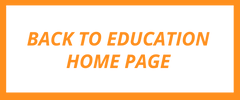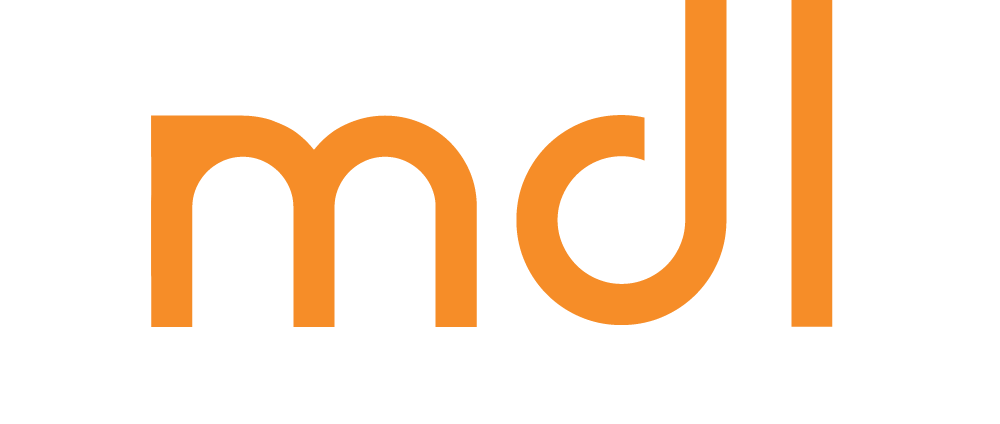Production During a Pandemic
COVID Era Production Education
As filmmakers, it's important to prepare for creating in our new world. In June 2020, Hollywood's unions teamed up to release detailed protocols for the safe reopening of the film and TV industry.
This 36-page report implements general guidelines created through a joint effort from the Directors Guild of America (DGA), International Alliance of Theatrical Stage Employees (IATSE), Screen Actors Guild (SGA), American Federation of Television and Radio Artists (AFTRA), and Teamsters.

One of the major takeaways from The Safe Way Forward guide is the Zone System. Here are the basics direct from the guide:
The Zone System is the foundation of our safe set strategy. It is step one. All subsequent production decisions regarding safety should be engineered to fit its premise.
It proposes this: Production will consist of three ZONES: A, B, and C. Consistency in the terminology in this area could be helpful and reassuring to cast and crew.
Zone A is any perimeter within which activity occurs without physical distancing or the use of PPE. In most cases, this will mean performers working on set with no protection alongside crew. Zone A is a bubble encasing closely vetted vulnerable people.
Zone B is everywhere the production has a footprint that is not Zone A. Use
of PPE and stringent physical distancing practices are observed and enforced within Zone B, with variations and modifications specific to both general filmmaking demands and specific production needs. This could be a production office, base camp, a vehicle, a control room/truck, basically any work space or place that a crew member may be performing work. The goal is that people cleared to work in Zone A ONLY come into contact with people in Zone B who are rigorously practicing physical distancing.
Think of it this way: from door to door, people working in Zone A travel along a cocooned path— sometimes involving multiple Zone As—laid out and controlled by people working in Zone B.
Zone C is the outside world: homes, hotels, wherever people employed in the production go when they’re not working.
No one can be allowed access to Zone A or Zone B for the first time unless
they have been tested and cleared within the last 24 hours.
The reason for this Zone System is simple: People often begin to shed the virus before they’re symptomatic, and there have been no indications to date an infected person is shedding virus in less than 48 hours from initial virus exposure.
Download The Safe Way Forward report PDF here.
Additional procedures are also being followed by film organizations around the world. Most notably, some municipalities are requiring each production to designate a COVID-19 coordinator: a single, go-to person who manages all the guidelines and safety measures ensuring they are in compliance with local regulations. Other highlights to consider are listed below:
Written Communication is more important than ever. Ensure the agency, client, crew, and talent know exactly what precautions your production is taking to keep everyone safe. Make sure everyone involved knows the sanitation / distancing procedures well before they are on set. Include these safety procedures on every call sheet.
Pre-Production has considerations as well. Prior to social distancing, video submissions had already become the norm for casting calls. That practice has only intensified in our work-from-home world. When conducting call backs, having staggered call back times is important to keep fewer people from congregating at your audition location.
Scouting your shoot location must also include new considerations. Think about where your Zones will be placed. Property owners or other visitors should not be permitted to congregate on set. Only essential filmmaking crew should be allowed on set to keep social interactions to a minimum.

|
|






